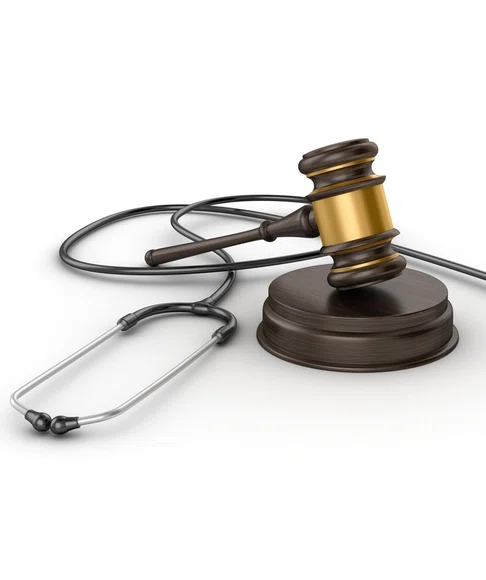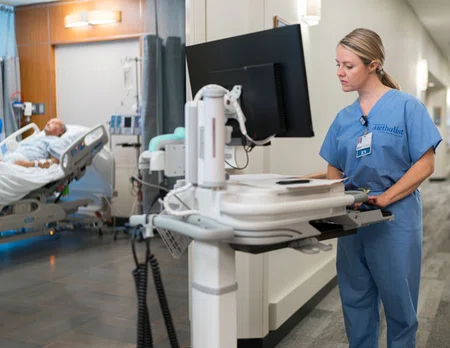© 2025. Houston Methodist, Houston, TX. All rights reserved.


In this
issue

WELCOME
NURSING SCIENCE
EDUCATION
PRACTICE

Nursing Documentation: Your Key to Safe and Effective Care

Nursing Documentation: Protecting Patients and Nurses
PROFESSIONAL DEVELOPMENT
MAGNET

Navigating the Legal Implications of Nursing in Achieving and Maintaining Magnet Designation

10th Annual Surgical Services Fair: A Milestone in Education and Teamwork
FROM OUR TEAMS

ABOUT DISCOVERN
Professional Development
Protecting Patients and Practitioners: The Importance of Nursing Documentation
By Stacey Day MSN, RN, SCRN,Risk Management Liaison,Houston Methodist The Woodlands
By Stacey Day MSN, RN, SCRN,
Risk Management Liaison,
Houston Methodist The Woodlands

Patient care errors can lead to serious patient safety events. As nurses, we have a duty to provide a safe environment for our patients as we care for them. This can sometimes feel increasingly complex as we try to juggle patient acuity, competing tasks and multiple distractions. The actions that protect you and your patient include following the policies and procedures set forth by your organization and accurately and completely documenting how you have done so.
Some common events that can lead to serious injury include falls, medication errors, hospital-acquired pressure injuries, and surgical/procedural errors. These categories are likely not a surprise, as we already have robust policies and procedures around them. However, when reviewing events where these processes have failed, one prominent feature is the lack of clear documentation from the healthcare team about what occurred.
According to the Texas Administrative Code, Rule 217.11, complete and accurate nursing documentation includes:
- the client's status including signs and symptoms;
- nursing care rendered;
- physician, dentist or podiatrist orders;
- administration of medications and treatments;
- client response(s); and
- contacts with other health-care team members concerning significant events regarding client's status









